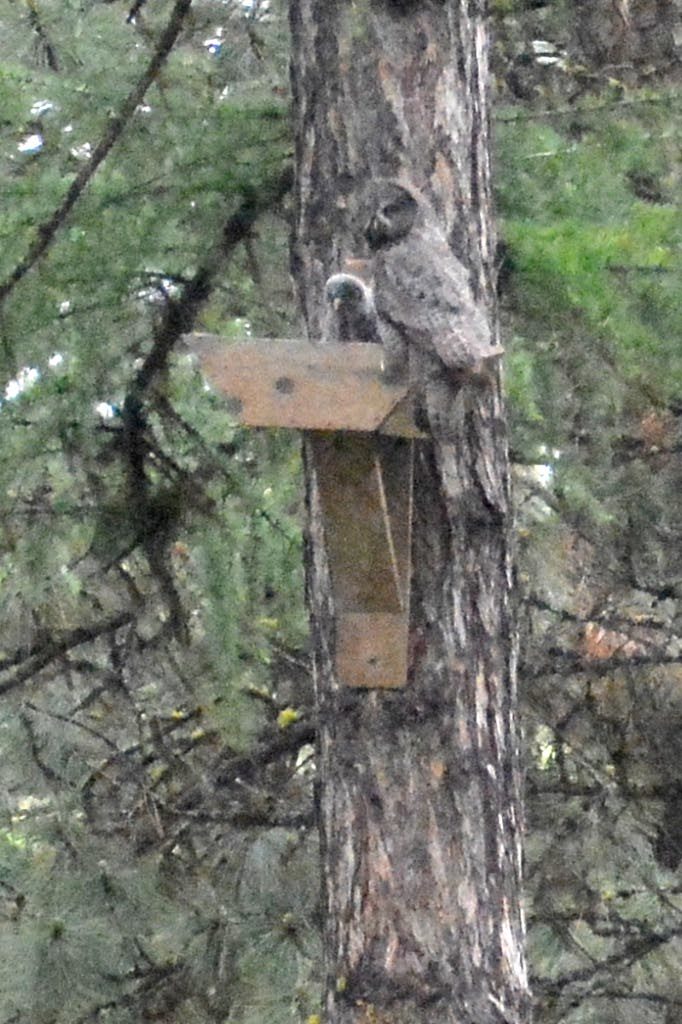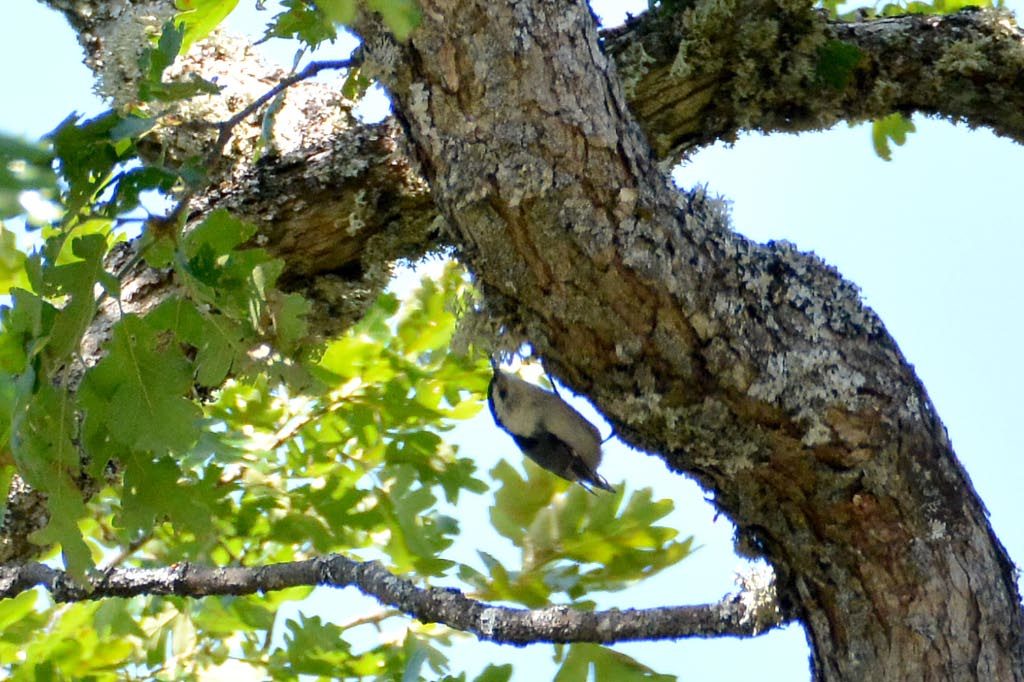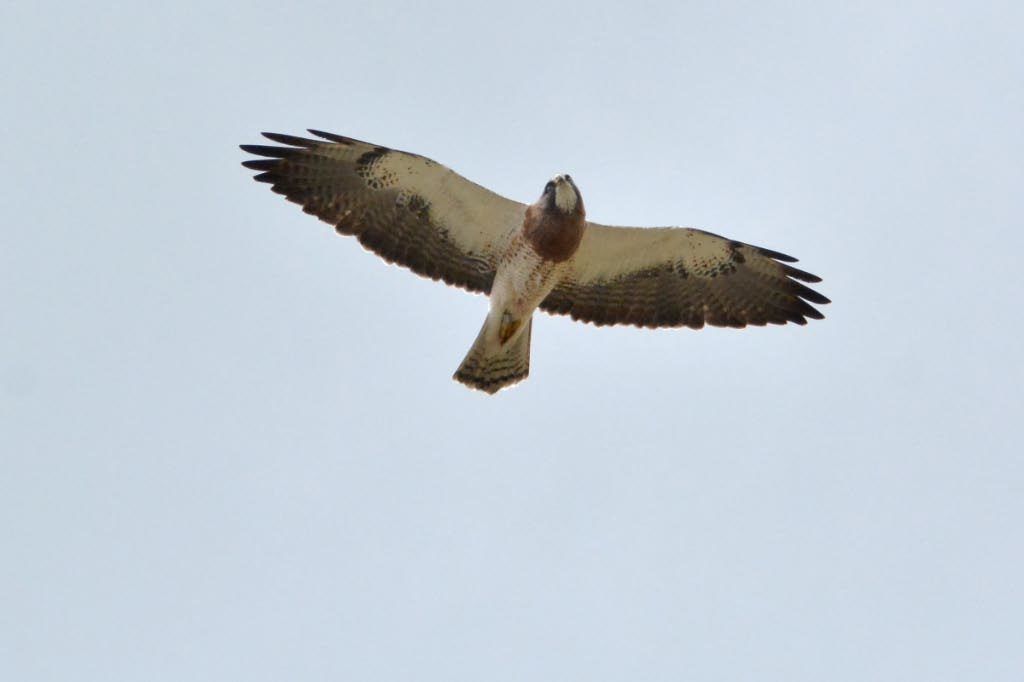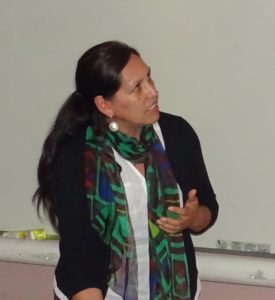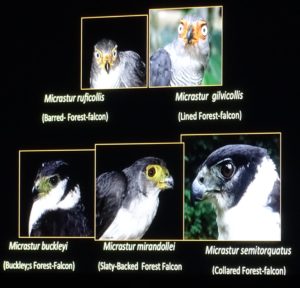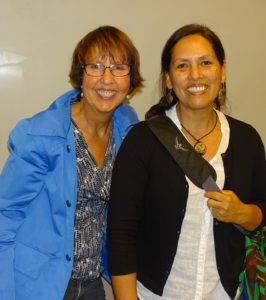Our ABC Birding club took off on Friday May 20th and headed south on a trip to find the Great Gray Owl in LaGrande, OR as a tribute to Rolan Nelson, one of our longtime members who passed away last year. GGOW was one of his long-time nemesis birds, one I believe he never saw, and our hope had been that his widow Kathleen would join us on the trip. Kathleen was unable to come due to a work conflict, but the rest of us had a great adventure as Rolan would have wanted us to do.
Friday we caravanned south, 4 cars, 14 birders, to our first stop to the cemetery on Balsh Rd, Lyle, WA. There under sunny skies we had FOY looks for many of us at Ash-throated flycatcher, Lesser Goldfinch, White-breasted nuthatch, Chipping Sparrow, and others. checklist
To see a photo montage of the whole trip visit Diane’s Flickr site
From there we headed to the Acorn Woodpecker granary, where we found neither the granary tree or the woodpecker, but heard a wild turkey gobble, saw a male Western Tanager up close, and enjoyed the sunshine. checklist
Next stop was Rock Creek, where we birded the gravel road, had great looks at more Lazuli buntings and a Yellow-breasted chat. We also saw my FOY Willow Flycatcher. checklist
We spent the first night in La Grange after a good Mexican meal in Pendleton
Saturday we were up early to seek the Great-gray owl ner Spring Creek on nest boxes provided by the Walawa-Whitman National Forest management group. We headed back east out of La Grande, and onto FR 21 where after a few more turns came to the area for the first search. This area involved a walk through beautiful monotone meadows on a muddy two-track road looking for the promised Purple polka-dotted flag to mark the first nest box area. We looked, and we looked, and found no tape/flag but did manage two very brief fly-by sightings of large, gray silent owls. One look seen by most was adequate to ID the GGOW but not good enough to feel satisfied. The next was only seen by Ken and myself, and was much more fleeting, in a deeper forest area. We got good looks at Mountain bluebird, and enjoyed the exercise. checklist
After this we sent to the box described as where everyone goes. We figured out why, it’s where you can actually find the box and see the owls. The box had 3 downy chicks, and we had one good but brief fly in by the adult presumed male to feed them a rodent.
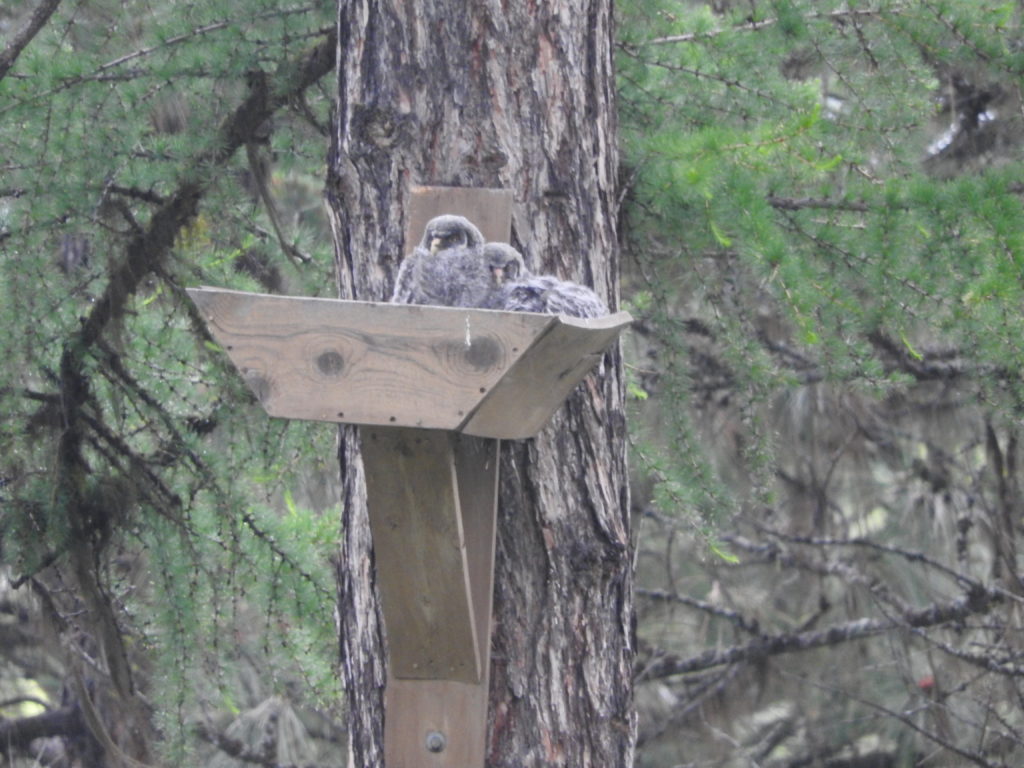
Better photos to follow when our photographers send them. As we got ready to flee the incoming rain a male Williamson’s sapsucker treated us to a great show, working a vertical “V” of sapsucker holes on a tree near the nest box. checklist with photos
We spent the rest of the day birding a large wetland near La Grande called Ladd Marsh. This area has huge colonies of Northern Pocket Gophers, and this brings in large numbers of hawks, Swainson’s (12), Red-tailed, (10) and Northern Harriers. (10).
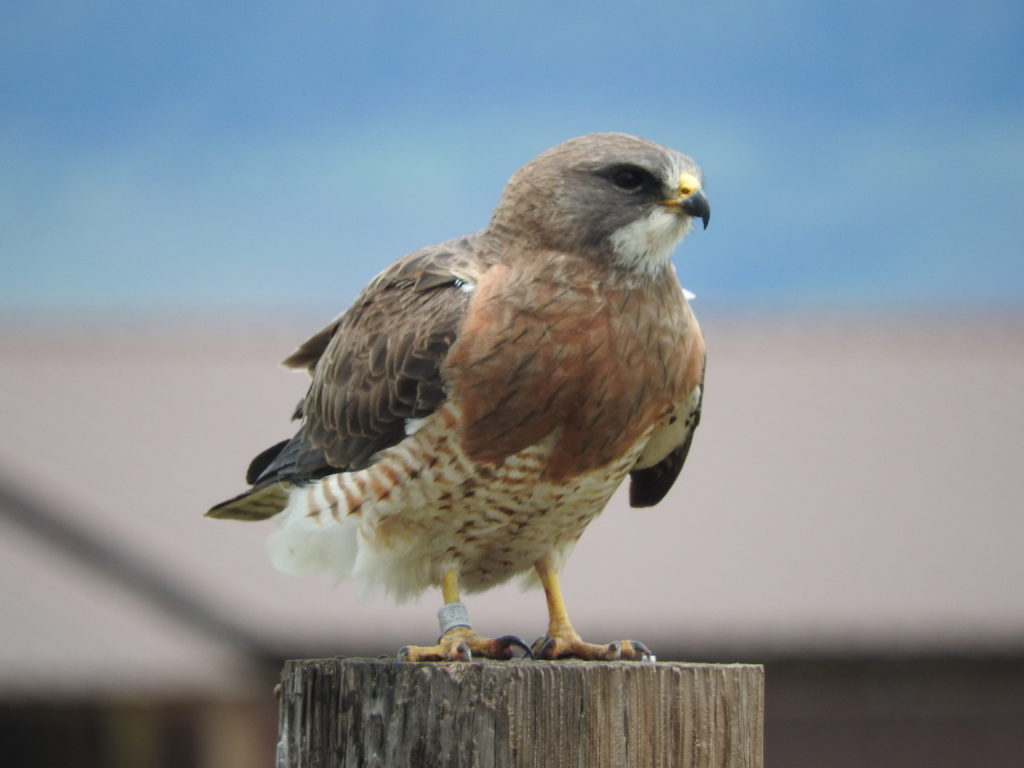
In addition there were large numbers of Yellow-headed blackbirds, lots of waterfowl, and just generally good birding. See checklist.
We drove back to Pendleton for dinner and a room, as due to multiple graduations in Walla Walla we couldn’t find space there. We enjoyed excellent food, service and ambiance at The Prodigal Son Brewery and Pub.
Sunday we headed back to WA and Biscuit Ridge where we targeted Green-tailed towhee on a day when it was flat out cold and windy. We battled through the elements and most of us got at least fleeting looks at a GTTO. We got to hear it sing along with at least one more farther down a slippery, wet, rocky hillside. Just after seeing this some of us got on an adult Northern Goshawk as it flew up the valley. After briefly considering a try for Great-gray owl in WA where it has been seen on Jasper Mountain Rd, we decided to stop shivering and head for lower ground. checklist
Millet Pond, near the mouth of the Walla Walla River, has had Glossy Ibis recently, and so we headed there to explore, warm up, and seek Blue-winged teal, Yellow-headed blackbird, Black-crowned Heron, and a good afternoon of birding. We got all of this in spades (except only Donna saw the YHBL). We had good numbers of Blue-winged and Cinnamon Teal, two GWTE, Lots of AWPE, a nearly invisible Wilson’s snipe, and after a long walk and good exploring by Donna LaCasse we got on a flock of 6 White-faced ibis near the back of the wetlands. Other good birds were Eastern Kingbird and Bullock’s oriole. checklist with photos
Many of us extended the day with a trip to the Tyson Blood Ponds hoping for a White-rumped sandpiper seen there the prior day, but neither our group nor prior birders relocated one. It was a cool place, with lots of Black-necked stilts, a few ducks, and Greater yellowlegs and Spotted sandpiper. Checklist
We spent our last night in Yakima after dinner in Pasco. The last day we headed for Oak Creek Canyon where it seemed like Lewis’s woodpeckers were everywhere
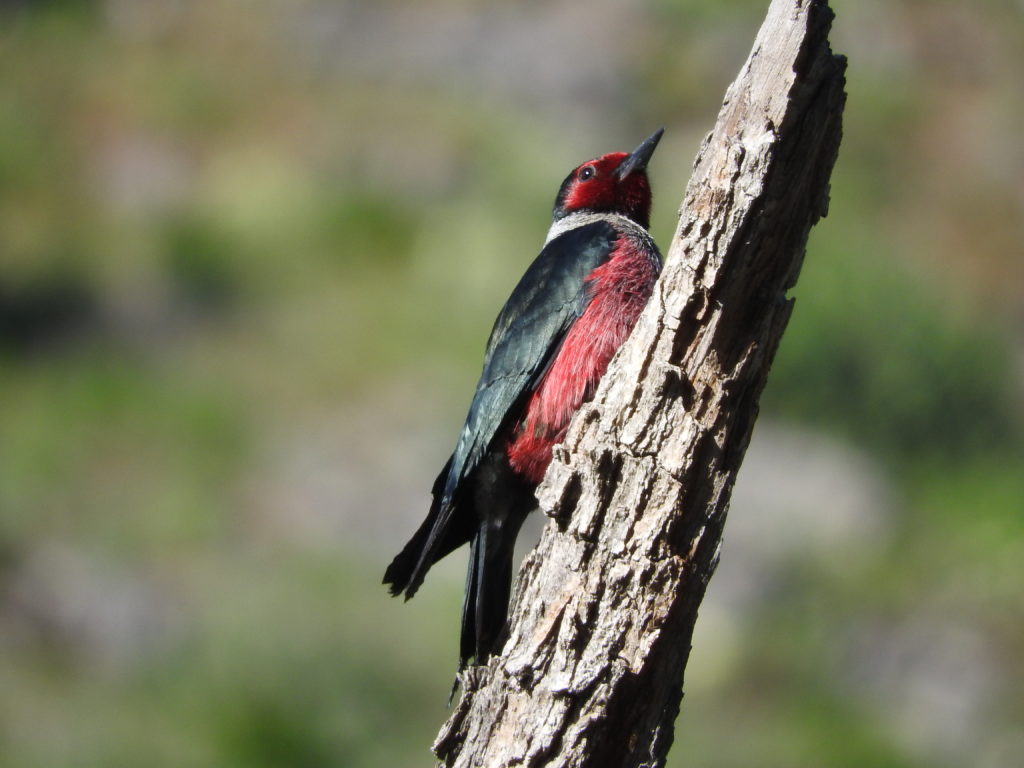
and Rock wrens were singing from several of the basalt columns.
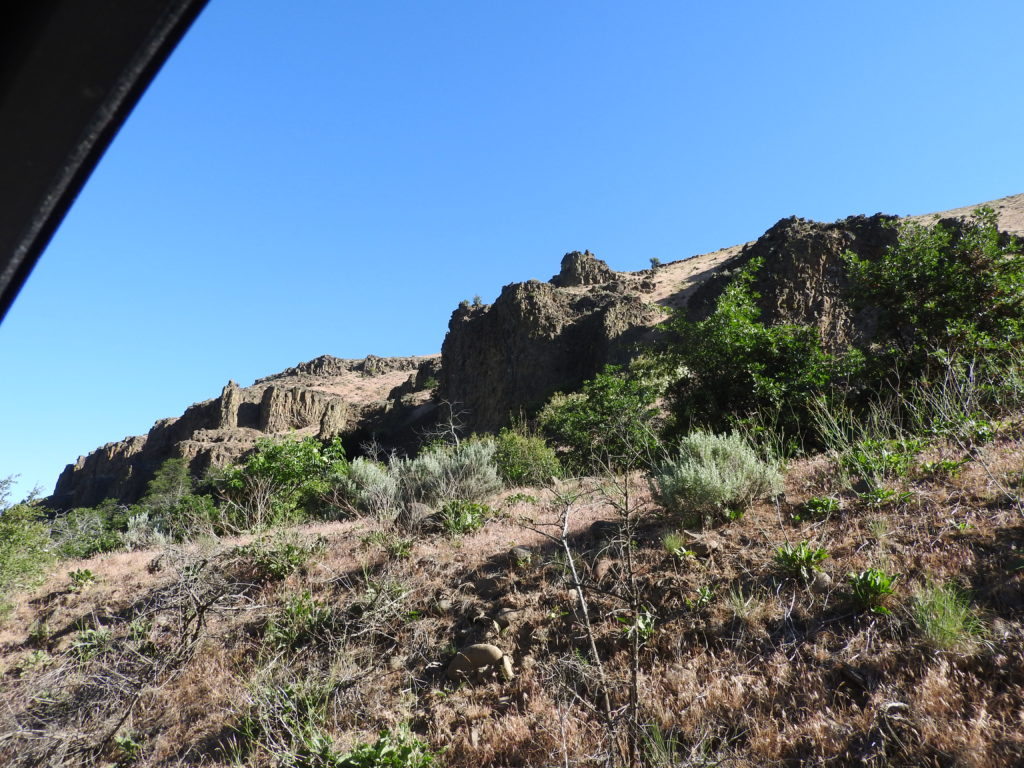
We added good looks at one of several MacGilvery’s warblers we heard, and tried for looks at drumming Downy woodpeckers and Red-naped sapsuckers. checklist
I’ll let another of the group finish the report of the day about the stop at Bethel Ridge as I left early to drive home to help out participants with a family emergency. (use the comments to discuss the last stop)
Rolan, we wish you had been able to be with us, and remember you with fondness. RIP.
I also wrote daily posts on my personal birding notes readers are welcome to see. Day 1, Day 2, Day 3, Day 4





